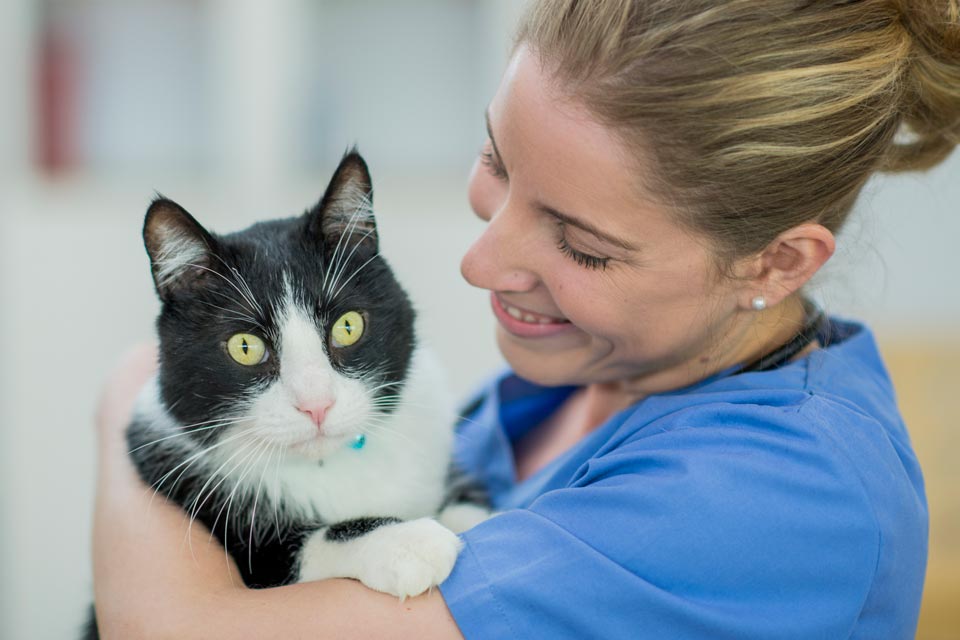Why Does My Indoor Cat Need to See the Vet Yearly?

Did you know that far fewer cats visit the veterinarian regularly than dogs? The reasons for this make sense: people think their indoor cat isn't exposed to illnesses like a dog that goes outside is. They also may find it hard to get their kitty to the vet—after all, many cats dislike going into carriers, riding in cars, and can be difficult or aggressive with veterinary staff. Some cats even hide when the cat carrier comes out, making it difficult to get to the appointment on time.
Still, getting your cat to the vet on a routine basis is crucial to maintaining her good health and helping her have a good quality life.
Routine Lab Work Catches Problems Early
When your cat is having blood work, a fecal sample, and a urinalysis done routinely, the veterinarian can compare current and past results and look for trends. For example, the veterinarian might note that a cat's kidney enzyme levels are trending upward even though they aren't out of the normal range yet and recommend diet or lifestyle changes that might slow down the condition.
The Exam Can Catch Problems Early Too
A thorough veterinary exam can also catch conditions earlier, when they might be more treatable or manageable. For instance, dental disease, heart disease, and weight problems that can contribute to other health conditions may all be noticed by a veterinarian's thorough exam before the owner might otherwise note the issue.
Pets Age More Quickly Than Humans
Cats don't live nearly as long as people do, so that means, in essence, they age quickly. Even a year between veterinary visits is a lot. It would be the equivalent of a person going to the doctor only every five to eight years.
And as a kitty ages, that process is even faster. Most vets recommend senior cats see a vet every six months or more often if they develop a medical condition.
Preventative Care Is Crucial
Not only can taking your cat to the vet regularly catch potential problems earlier, but it can also allow your vet to help keep your cat healthy longer with preventative care and advice. Even indoor cats need certain vaccinations because some viruses are airborne and can come in with dogs or humans. Fleas and ticks can also find their way inside, where they can transmit illness or cause allergic reactions in indoor cats. And cats catching bats that come inside can be a concern for the transmission of deadly rabies.
Additionally, your vet can use your visit as a time to help you make sure you're feeding the proper life stage diet and amount to your kitty and answer any questions that have come up about behavior or well-being.
Tips for Taking Your Cat to the Vet
If possible, get your cat used to riding in a carrier between vet visits. You can do that by leaving the carrier out with a super cozy blanket inside at all times, letting your cat use it as a bed. If your kitty doesn't approach it on her own, you can try giving her some meals inside without closing the door. Be sure to praise her a lot when she does go in.
Eventually, work your way toward closing the door for a few minutes and then to picking the carrier up. Gradually work your way toward going for a short ride in the car. It's good to take your cat for short trips periodically when she isn't bound for the vet, so she doesn't associate the carrier with only going there. You can learn more here: "Training Your Cat to Use a Pet Carrier."




